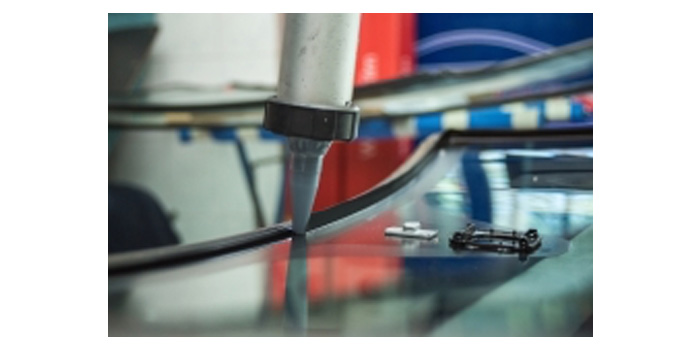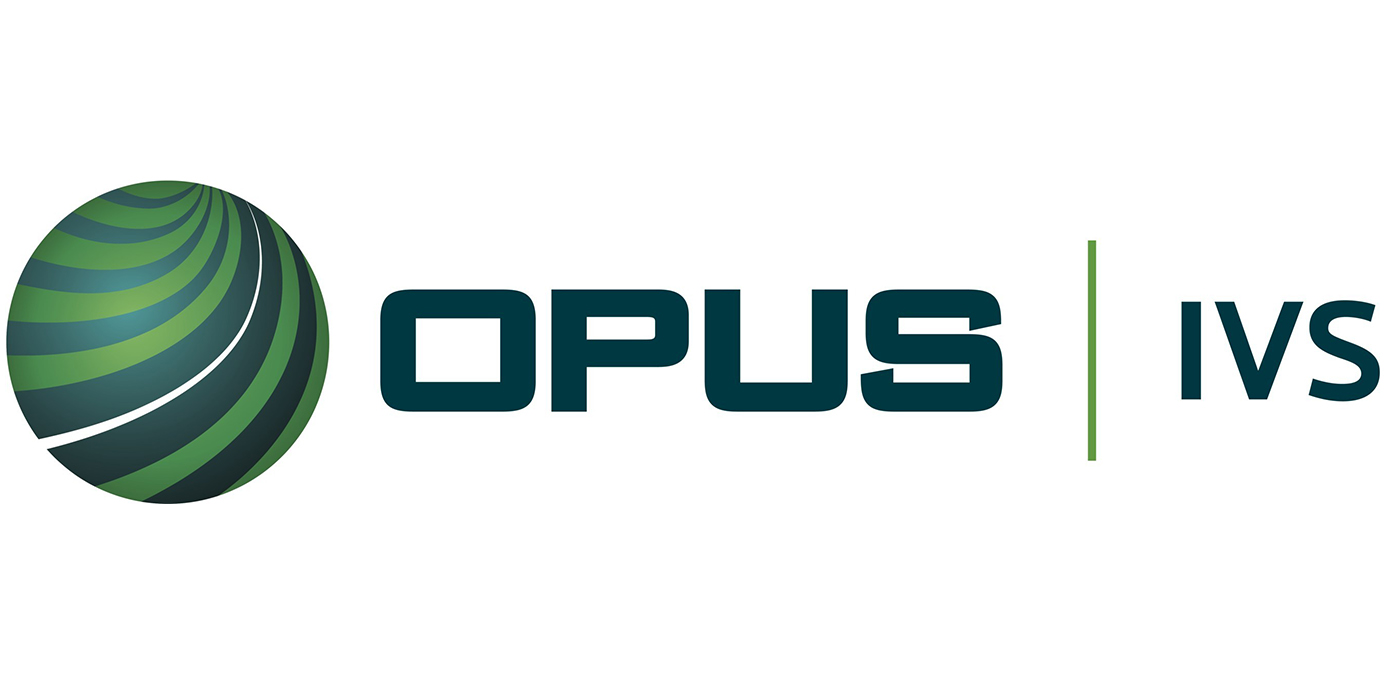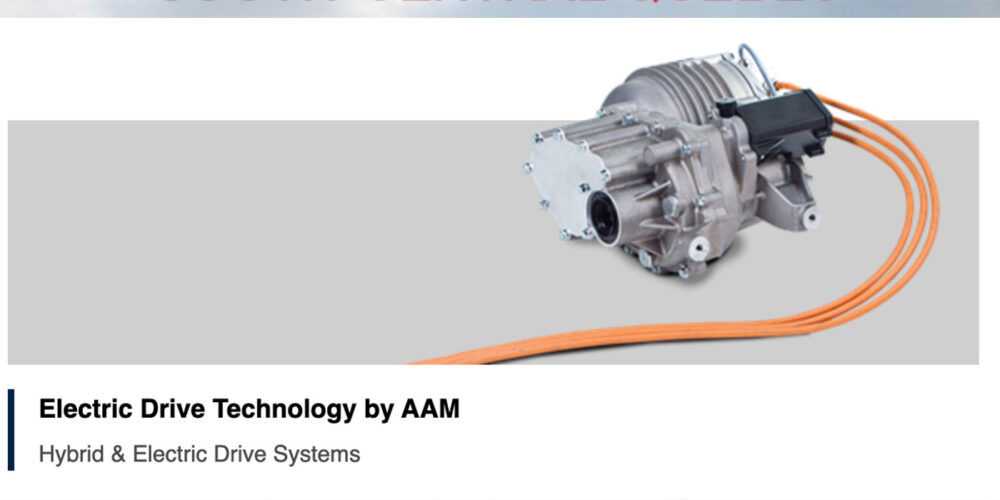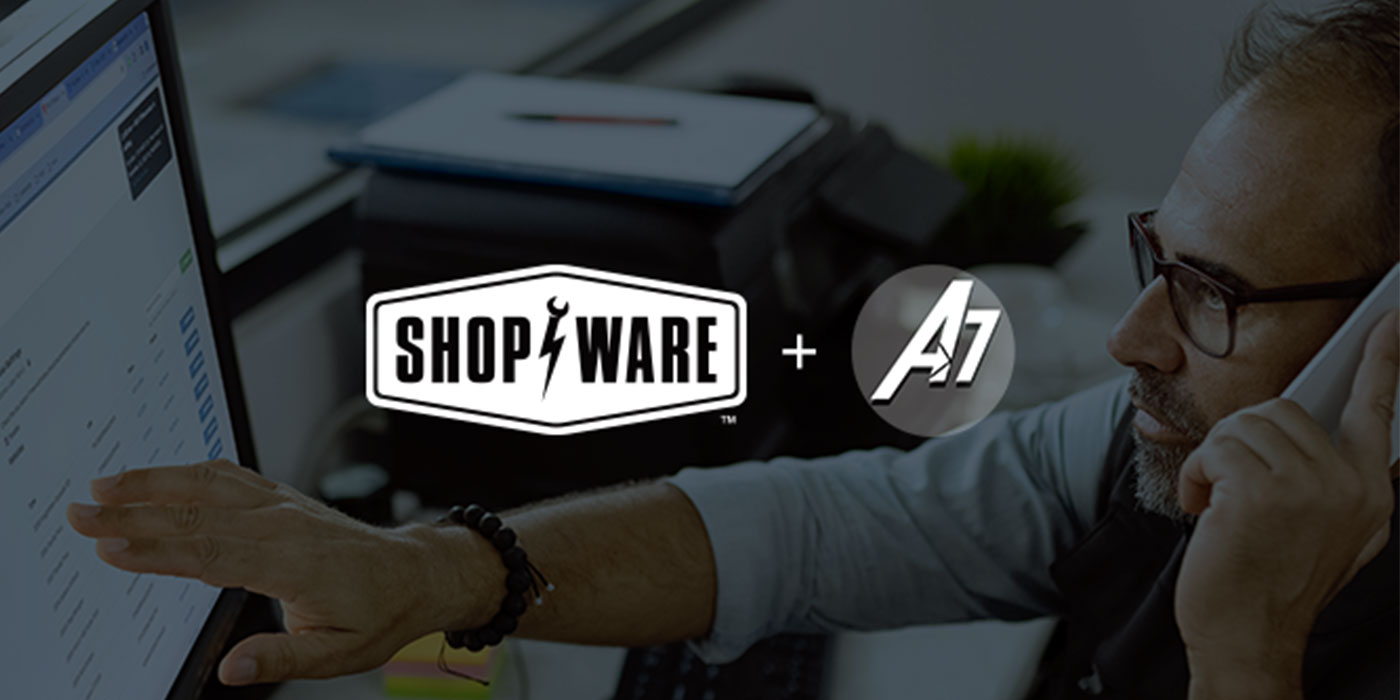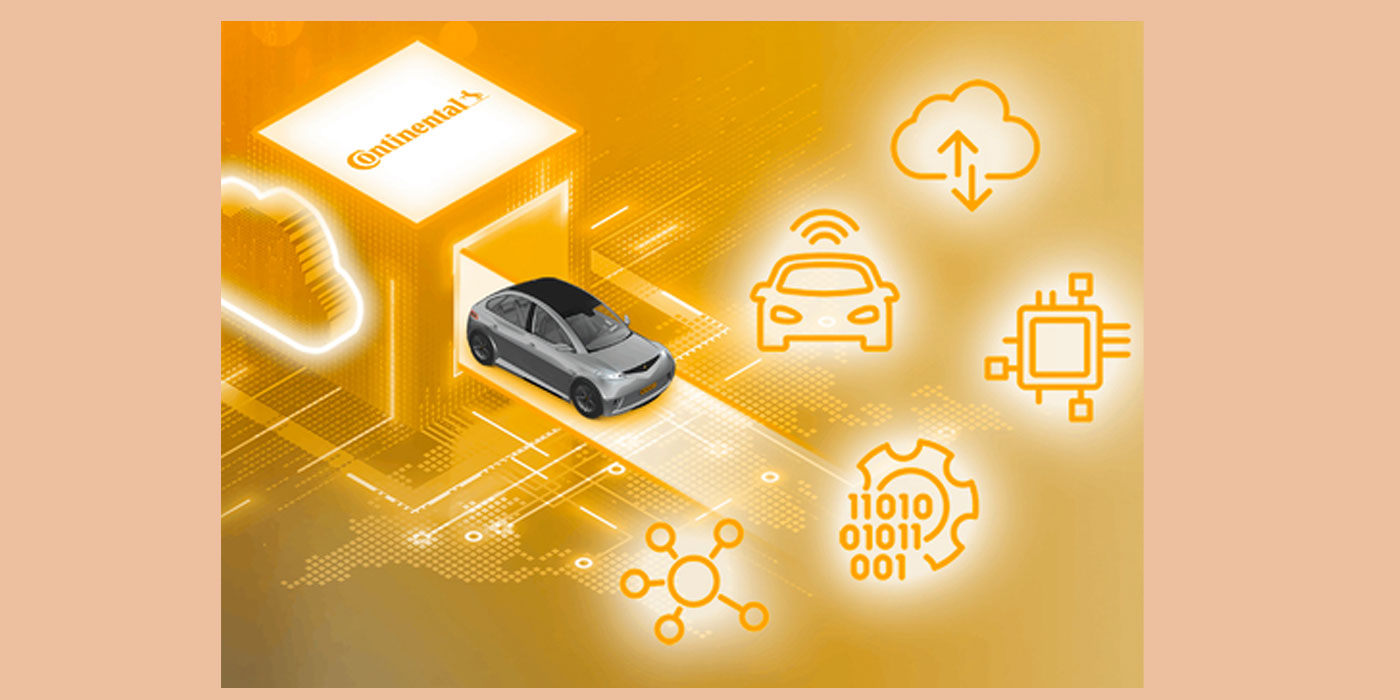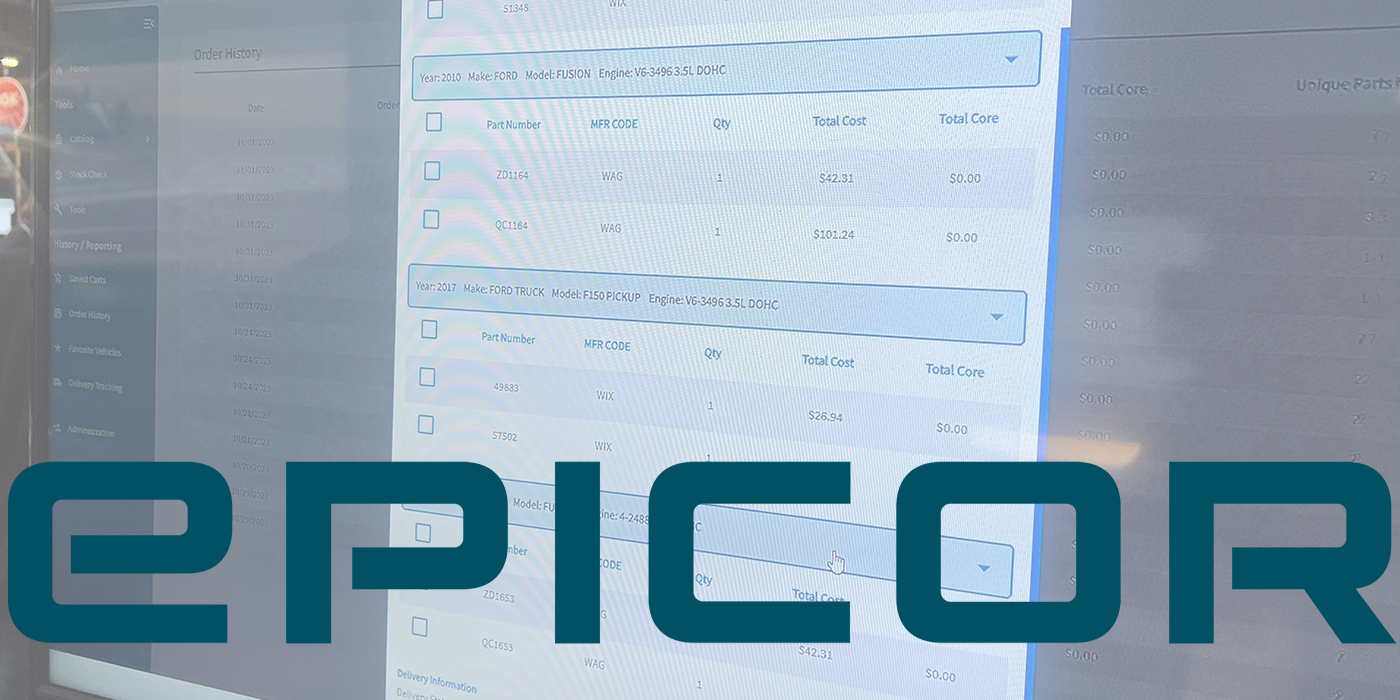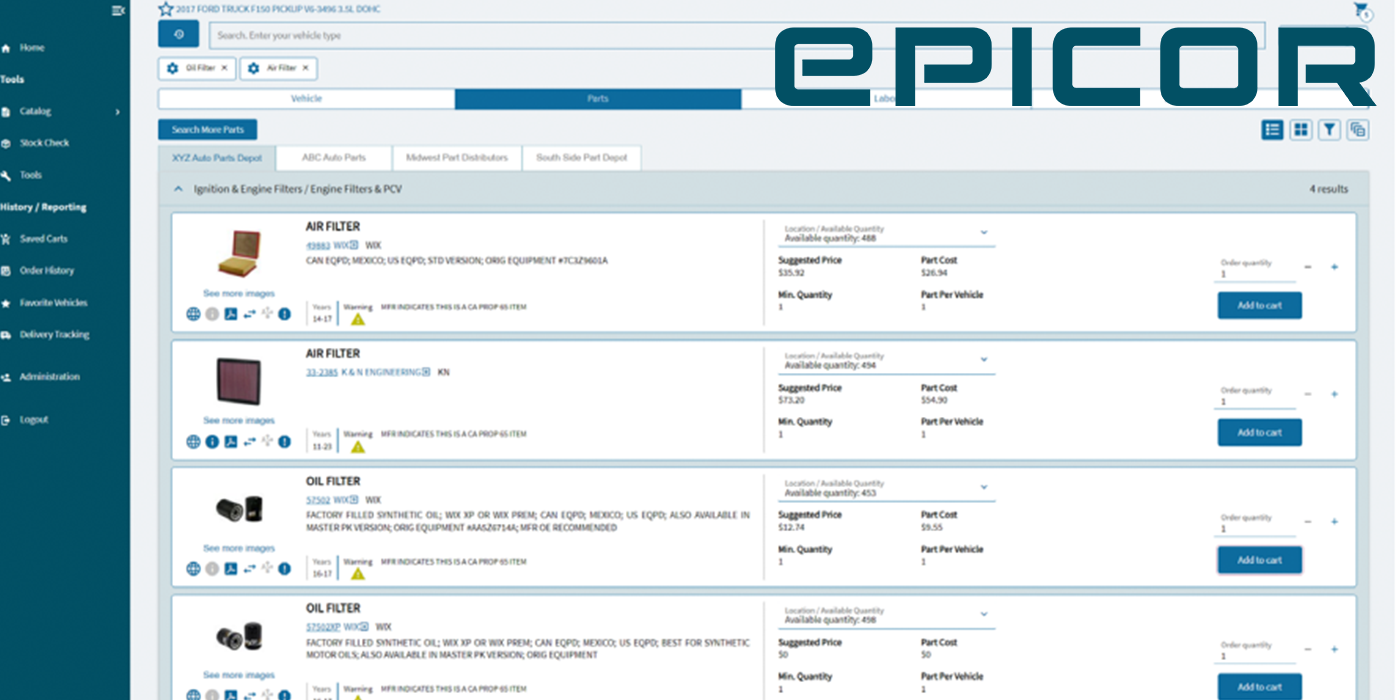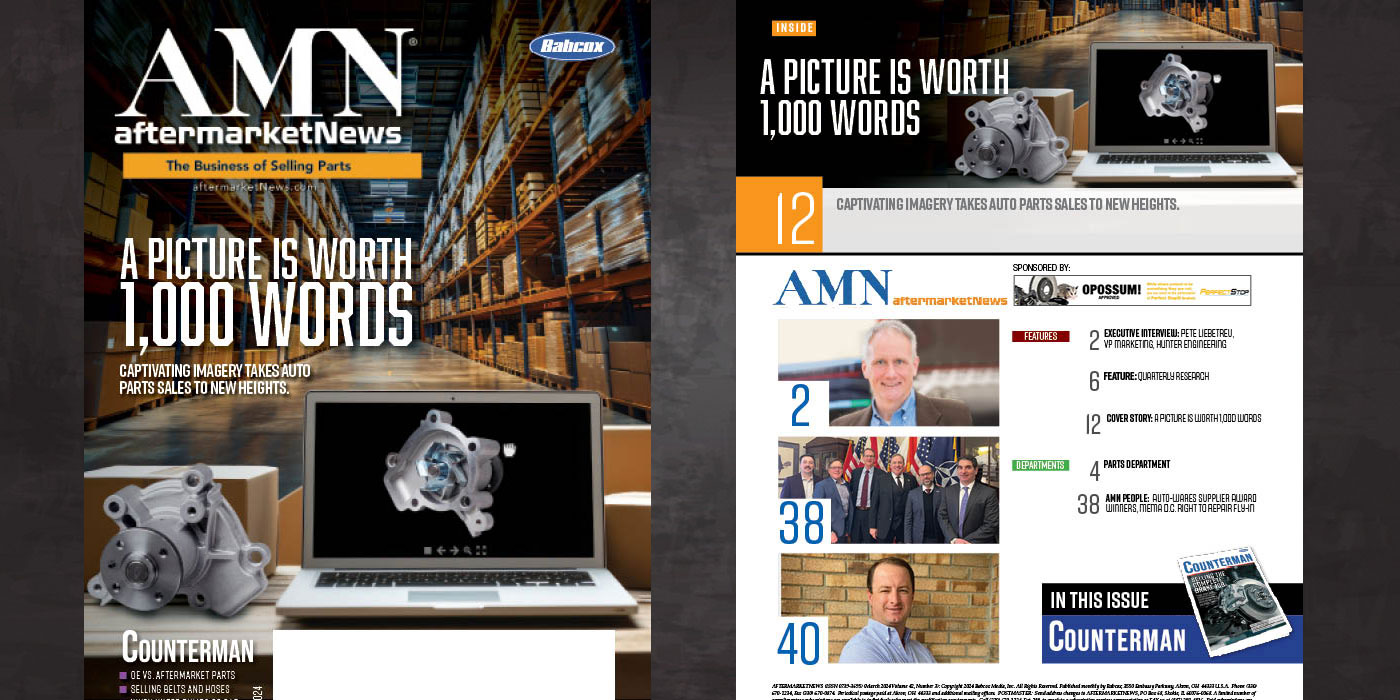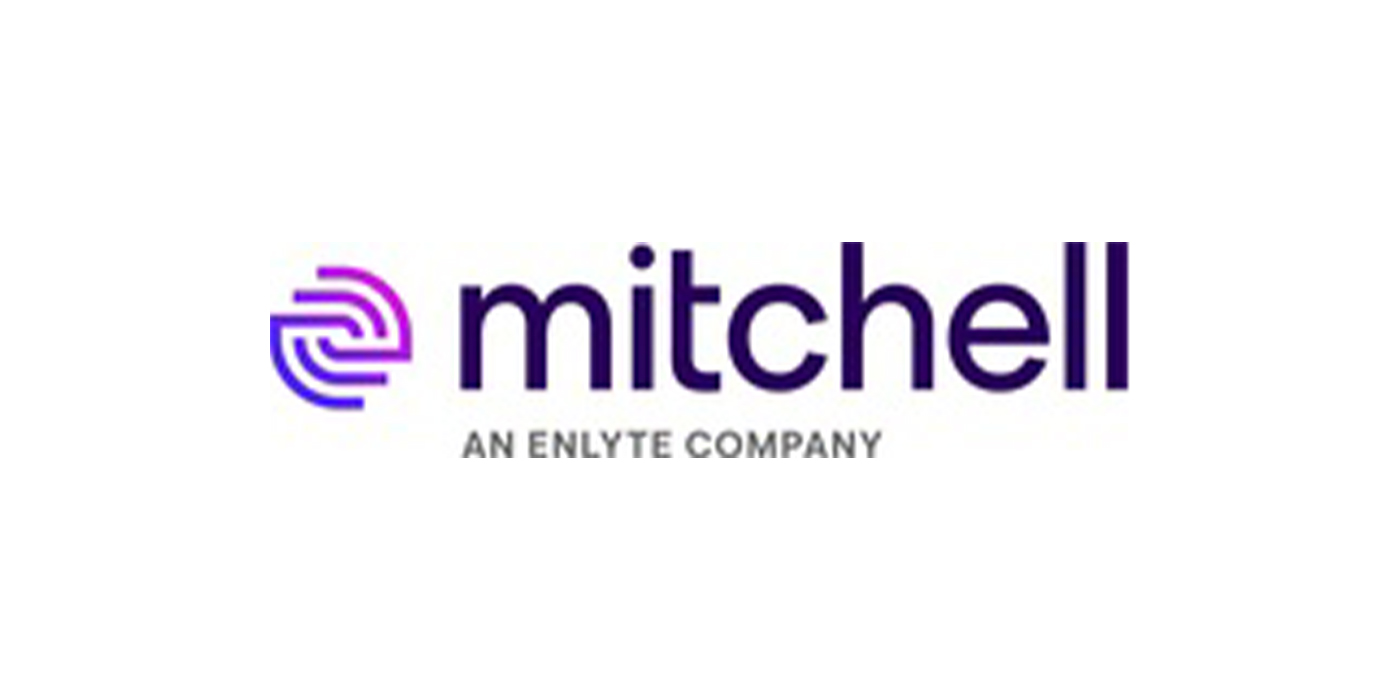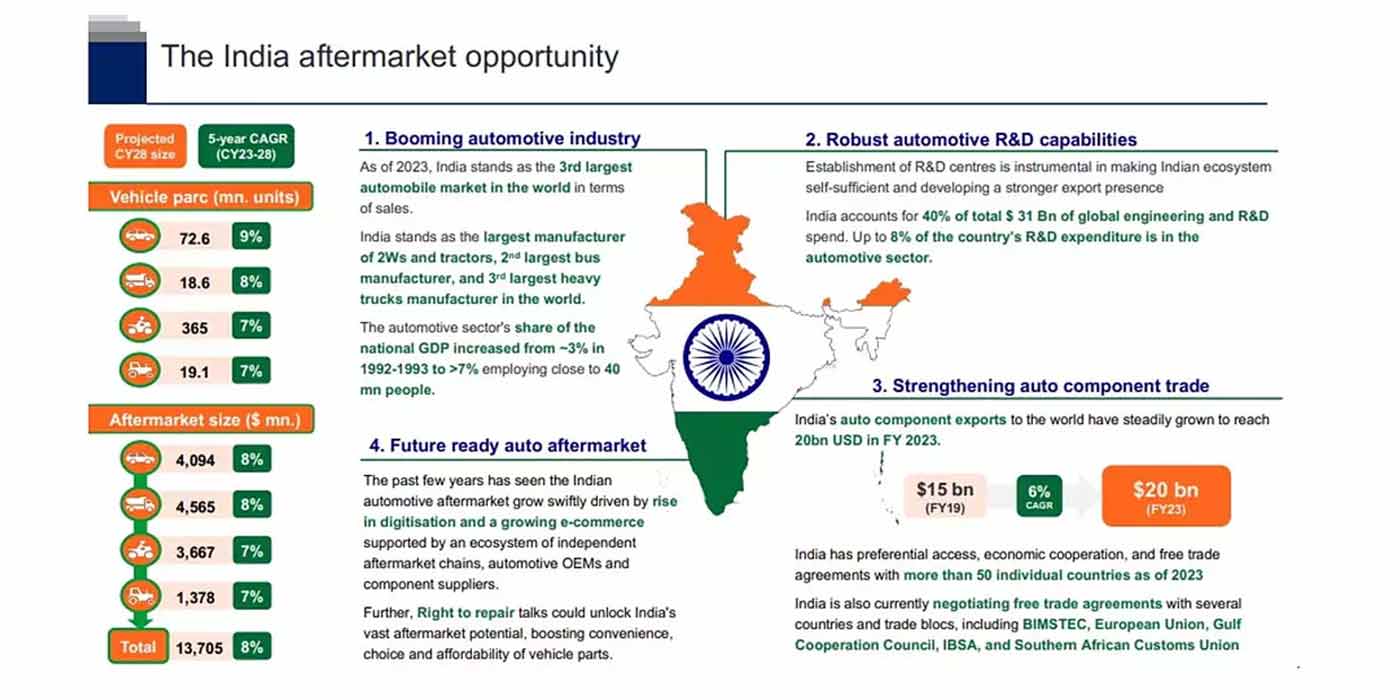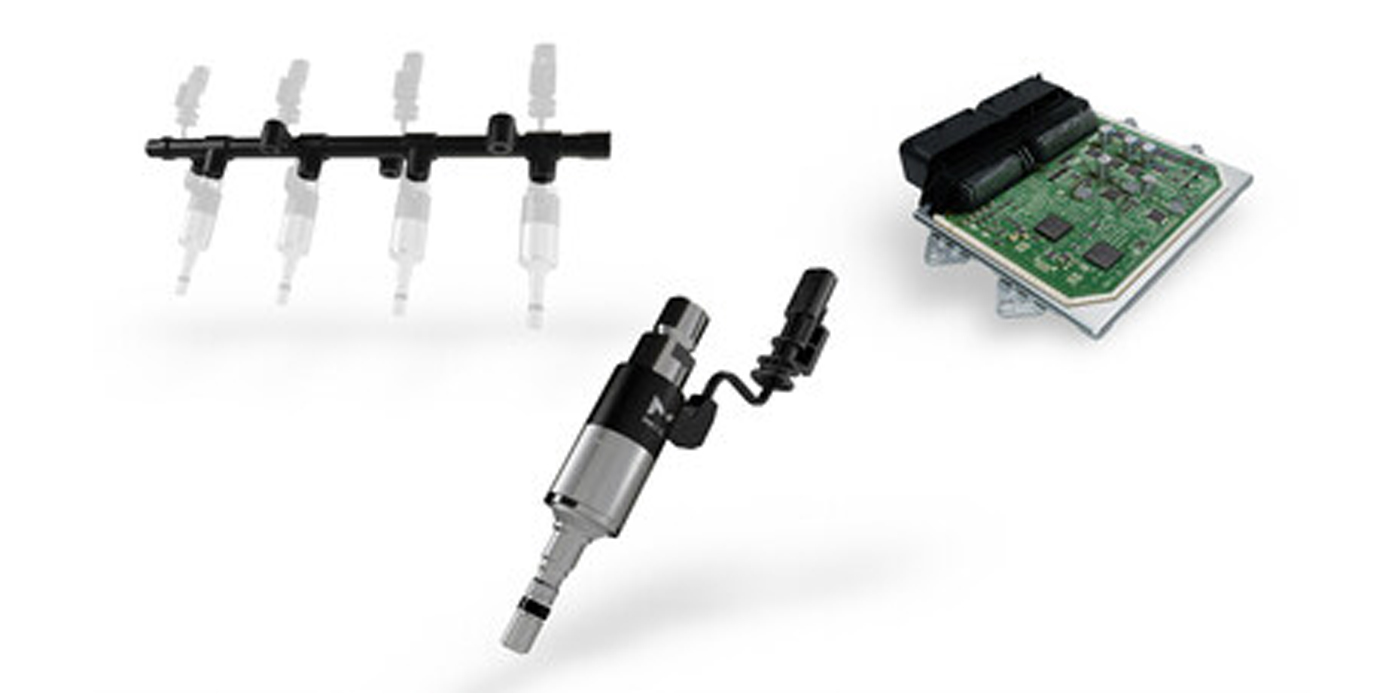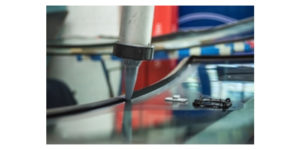 Frost & Sullivan’s recent analysis of the Global Automotive Adhesives and Sealants Market revealed that an increased adoption of high-performance products such as crash safety adhesives, liquid applied sound deadeners (LASD), advanced high-temperature-resistant silicones and water-borne acrylics are expected to drive new growth opportunities and revenues.
Frost & Sullivan’s recent analysis of the Global Automotive Adhesives and Sealants Market revealed that an increased adoption of high-performance products such as crash safety adhesives, liquid applied sound deadeners (LASD), advanced high-temperature-resistant silicones and water-borne acrylics are expected to drive new growth opportunities and revenues.
Frost & Sullivan anticipates the global automotive adhesives and sealants market to grow at a CAGR of 4.4 percent until 2024 and reach $12,209.9 million.
“Rapid adoption of aluminum, magnesium, plastics and composites in the body in white (BIW) and assembly segments – prompted by the growing need to bond dissimilar substrates, increased safety concerns and OEMs’ focus on enhancing aesthetic appearance – boosts the demand for adhesives and sealants,” said Dr. Leonidas Dokos, business unit leader, Chemicals and Materials, EIA at Frost & Sullivan.
Market consolidation is expected as larger companies are constantly exploring opportunities to acquire regional or application-specific participants to expand their product portfolios. To gain a competitive advantage, Dr. Dokos recommends sealant and adhesive players emulate Henkel and Sika and offer end-to-end solution capabilities across all chemistries and applications. They should also focus on adopting robust research and development capabilities and establish strong relationships with automotive OEMs to understand the OEM’s new product development activities and futuristic needs.
Five key trends creating growth opportunities in the market include:
- Increased adoption of water-based, eco-friendly acrylic emulsions in the paint shop and BIW segments, along with adhesive technologies that help in bonding different substrates without primer treatment in seam and gap fillers, underbody and various bonding applications;
- Surge in electric vehicles driving higher adoption of adhesives and sealants owing to greater part consolidations in the under-the-hatch and powertrain segments and the use of lightweight materials in the BIW segment to compensate for the weight gain caused by the addition of battery packs;
- Global automotive OEM adoption of common vehicle platforms across regions;
- Increased demand for SUVs in China, hatchbacks and sedans in India, and promising automotive production in the Middle East and Africa in the Rest of World (ROW) region; and
- Regulatory norms for GHG emissions and fuel economy standards, resulting in adoption of lightweight materials.
“Performance of adhesives and sealants is a key concern in applications that operate in high-temperature environments. Similarly, the adhesion capacity is less with oily substrates, which restrains adoption in applications where the components are exposed to fuel, lubricants and greases,” said Dr. Dokos. “It is therefore increasingly important for manufacturers to develop advanced adhesives and sealants that offer superior performance over currently used silicone materials in engine and transmission components, and with oily substrates.”
“Global Analysis of the Automotive Adhesives and Sealants Market, Forecast to 2024 market intelligence identifies disruptive technologies, drivers and restraints, mega trends, market share and the competitive environment for players such as Henkel, Dow Automotive, Sika, EMS-EFTEC, Arkema and others. Unit shipment, revenue forecast, percent revenue forecast by product, and engineering measurements for segments such as body in white, under the hood and powertrain, paint shop, and assembly adhesives and sealants also are provided.
The study report is part of Frost & Sullivan’s global Future of Chemicals & Materials in Infrastructure & Mobility Growth Partnership Service program.

